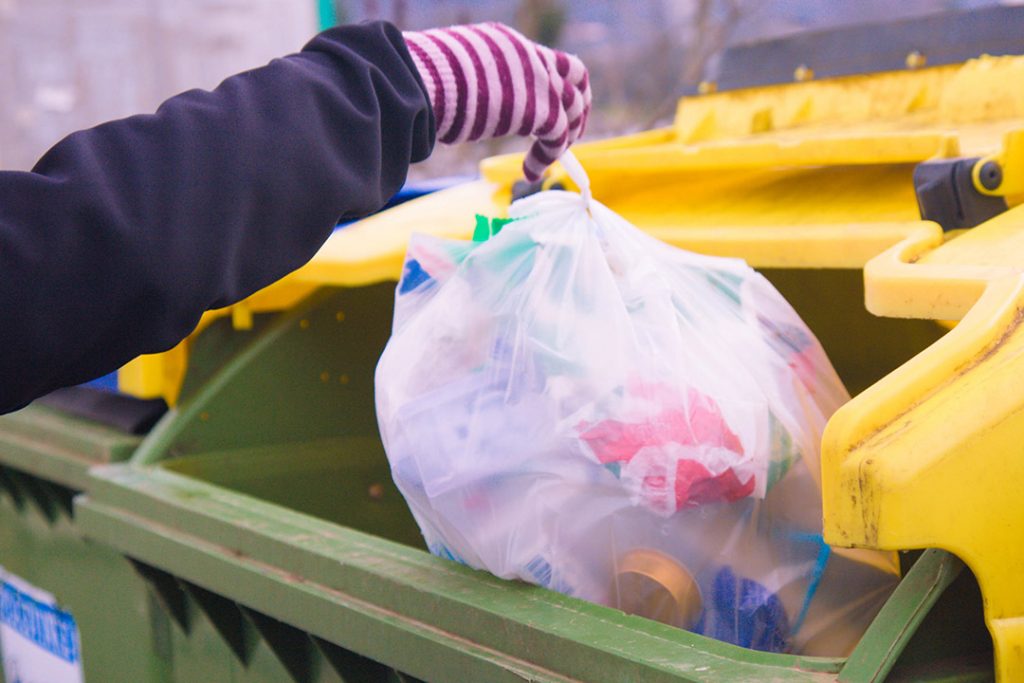
The research firm McKinsey & Co. identified a number of challenges and opportunities to increasing plastics recovery in the U.S. | Uroš Medved/Shutterstock
As opposed to reducing and reusing, recycling has the greatest potential to cut down on plastic waste, according to McKinsey & Co. But processing solutions don’t lie solely with mechanical recycling.
The research and consulting firm in December published an article based on publicly available data and interviews with plastics recycling stakeholders. In exploring how the U.S. can boost its recovery of plastic packaging and food service items, the researchers drew a number of conclusions.
The following are several takeaways:
Recycling is key: “While ‘reducing’ and ‘reusing’ can have some impact, in most realistic scenarios there are large volumes of plastic waste that only increased recycling can handle,” according to the report. “Further, there is a meaningful business opportunity associated with recycling – recovery of U.S. plastic packaging and foodservice plastic alone could represent a pool of earnings before interest, tax, depreciation, and amortization (EBITDA) of $2 billion to $4 billion per year.”
Numerous challenges: Reducing plastic waste will require improvements in consumer behavior and recycling access; collection, sorting and processing infrastructure; economics and end-market demand; and value-chain coordination, the report stated.
Advanced recycling solutions: Mechanical recycling technologies are effective for plastic that is currently sorted by materials recovery facilities (MRFs) but will face limitations as collection rates increase, according to McKinsey. And waste-to-energy plants have their own issues in the U.S. The report pointed to “advanced recycling,” often referred to as “chemical recycling,” as an attractive alternative. McKinsey defined this category as encompassing “conversion,” or processing plastics into hydrocarbons to be used as fuels or feedstock for new plastics; “decomposition” of polymers into their building blocks, which can be processed into new plastic; and “purification,” which uses solvents to dissolve polymers, which are then separated from the mix. In particular, pyrolysis, a conversion technology, has experienced significant interest, they wrote.
Lack of coordination: A significant challenge to boosting plastics recycling is the fact that there are an estimated 10,000 to 15,000 municipal recycling programs and 500 MRFs in the U.S., and they have varying accepted-materials lists. Countries with higher recovery rates, including Japan and Germany, frequently rely on nationwide recycling frameworks, including extended producer responsibility.
Major cities may lead: In the absence of a nationwide framework in the U.S., large cities are well positioned to move fast to boost plastics recycling, McKinsey concluded. They’re able to design education and incentive programs, establish regulatory frameworks that boost access to recycling, launch pilot projects for collecting and sorting challenging forms of plastic, and implement policies that make recycling economically effective, the report concluded.


